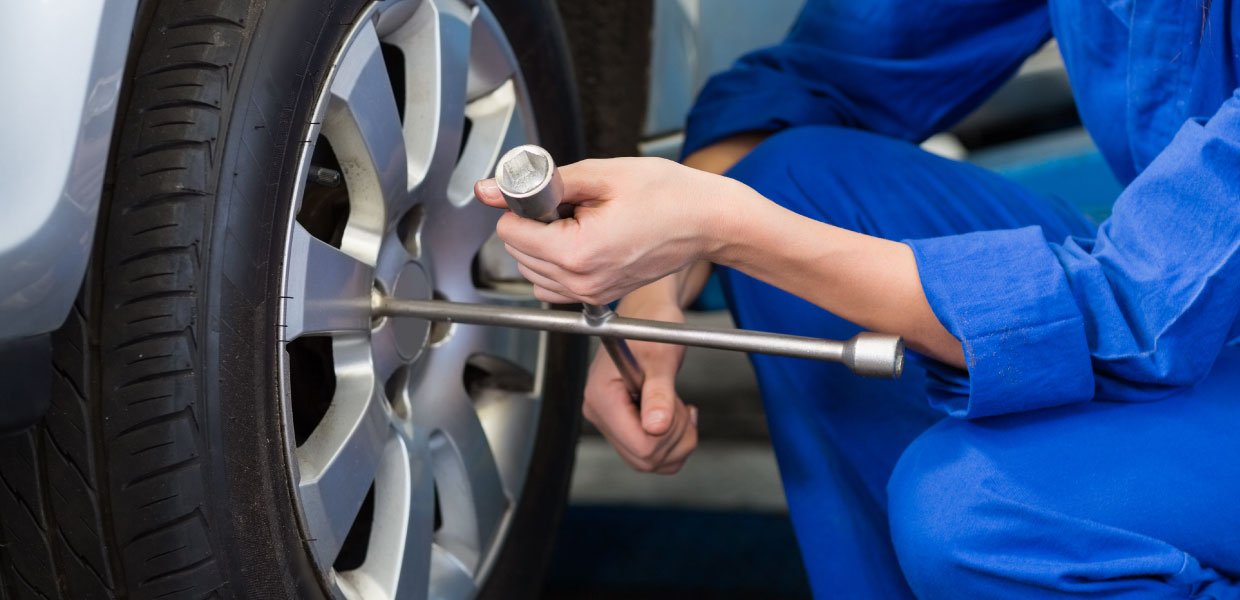How to Properly Torque Wheel Lug Nuts or Bolts: A Step-by-Step Guide

When it comes to maintaining your vehicle’s safety and performance, one crucial aspect is ensuring that your wheel lug nuts or bolts are properly torqued. Properly torqued lug nuts or bolts play a vital role in keeping your wheels securely attached to the vehicle, preventing accidents and ensuring a smooth driving experience. In this article, we will guide you through the steps to properly torque your wheel lug nuts or bolts, providing you with peace of mind on the road.
Step 1: Gather the Necessary Tools
Before you begin, make sure you have the right tools at hand. You will need a torque wrench, the manufacturer’s recommended torque specification for your vehicle, and a socket or wrench that fits your lug nuts or bolts
Step 2: Prepare the Wheel and Lug Nuts/Bolts-
Ensure that your vehicle is parked on a level surface and engage the parking brake. If necessary, use a jack to lift the vehicle and secure it with jack stands. Remove the wheel cover or hubcap if applicable.
Step 3: Loosen the Lug Nuts/Bolts
Using a lug wrench or a socket and ratchet, loosen the lug nuts or bolts on the wheel by turning them counterclockwise. It is important to do this before raising the vehicle to avoid spinning the wheel while it is off the ground.
Step 4: Lift the Vehicle and Remove the Wheel
Using the jack, carefully lift the vehicle until the wheel is off the ground. Once the wheel is fully off the ground, remove the lug nuts or bolts and set them aside in a safe place.
Step 5: Clean the Wheel and Studs
Take a moment to clean any dirt, debris, or rust from the wheel studs and the mounting surface of the wheel. This will ensure a proper and secure fit when reinstalling the wheel.
Step 6: Install the Wheel and Hand-Tighten Lug Nuts/Bolts
Align the wheel with the wheel studs and carefully slide it onto the studs. Thread the lug nuts or bolts onto the studs by hand, ensuring they are properly seated.
Step 7: Torque the Lug Nuts/Bolts
Using the torque wrench and the manufacturer’s recommended torque specification, begin tightening the lug nuts or bolts in a star or crisscross pattern. This pattern helps to evenly distribute the torque and ensures proper wheel alignment. Gradually increase the torque in several steps until the desired torque is reached for each lug nut or bolt.
Step 8: Double-Check the Torque
Once all the lug nuts or bolts have been torqued to the recommended specification, go back and double-check each one to ensure they are all properly tightened. This additional step provides an extra layer of safety and peace of mind.
Step 9: Lower the Vehicle and Recheck Torque
Lower the vehicle back to the ground using the jack and remove the jack stands. With the vehicle on the ground, recheck the torque on each lug nut or bolt using the torque wrench. This step helps account for any slight settling of the wheel after being lowered.
Properly torqueing your wheel lug nuts or bolts is a crucial step in maintaining the safety and performance of your vehicle. By following the step-by-step guide outlined in this article, you can ensure that your wheels are securely fastened, reducing the risk of accidents and providing a smoother and more enjoyable driving experience. Remember to consult your vehicle’s manual for the manufacturer’s recommended torque specifications and always use a calibrated torque wrench for accurate results.


